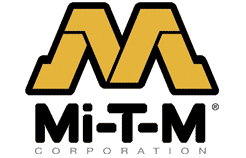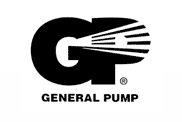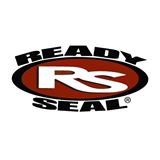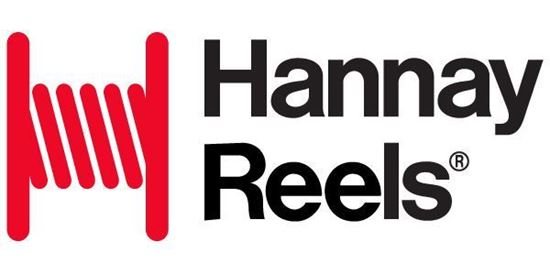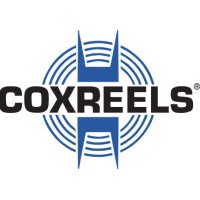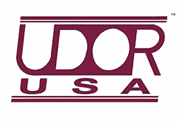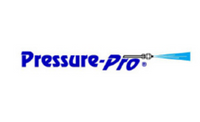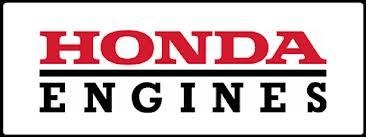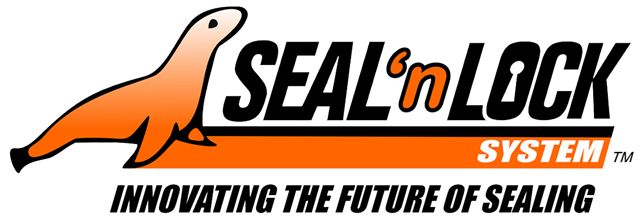Cash Flow Tips for your Small Business
Cash flow is a big part of any business. If your customers are not paying you in a timely manner then you will have a hard time paying your vendors for the supplies you need to do business, to support the infrastructure to run your day-to-day operations, and enough left to support you and your family.

Here are some tips on how to improve your business’s cash flow.
Improve your Accounts Receivables
Asking for payment for work you have done is the first step in getting paid and if you let this drag along then so will your cash flow.
- Invoice as soon as work is completed and make it trackable so you can easily follow up until paid.
- If possible have invoices due immediately upon completion of work.
- If work will be done over a long time period get partial payment up front.
- Have an easy way for customers to pay; ex: Accept online credit card payments.
- If a contract customer is on terms, shorten them as much as possible; ex: NET 10 or NET 15 instead of NET 30, or NET 30 instead of NET 60.
- Have late payment interest terms clearly listed on the invoice that you know can be enforced in your state. Then be sure to follow through and use them.
Extend your Accounts Payable
Just as you want to be paid quickly so do your vendors, but see if you can work with them to see how far out you can hold out on payments or pay other ways.
- Can you purchase a larger amount of product for longer and better terms?
- Can you set up equal guaranteed monthly payments to vendors you order from frequently? This can help you with budgeting and spreading out payments.
- Ask if you can get longer terms with a vendor as your relationship time with them increases. Ex: NET 45 or 60 instead of NET 30 after 3 or 5 years.
- Use lines of credit or credit cards to extend the time to pay for items.
- Consider bartering services for products.
Know your Breakeven Point
This is the amount you need to make each day, week, or month to meet your basic business needs. Sales above this will add to your profit margin.
You need to first add up all the expenses it takes to be in business even if you did not do a day of work; rent, utilities, insurance, equipment costs. This is your breakeven point. Then you can figure out what your working costs are; labor, fuel, chemicals, and other supplies. These costs are added to your breakeven costs to arrive at your daily, weekly, or monthly costs to subtract from your sales to get to your profits. Have a plan in place on how to distribute your profits.
Know what you are Spending
This is an obvious statement but you would be surprised how much money is spent that owners have no idea where it went.
- Set up a budget. Be sure to add in any new line items as they come up. Do not have a lot of uncategorized miscellaneous items.
- Track every penny. Keep every receipt, which is easier if you have a set place where they all go and a set time each day to enter them.
- Have a computer program or system to enter and track everything.
- Try to not use cash, check, and card purchases are easier to track.
- Do not intermingle personal with business purchases. If you need to pay for items for both at one store do it separately.
Be Mindful when Spending and Paying
There are ways to help you from wasting money you are working hard to make.
- Before buying an item make sure it is something that is really needed. Ex: A must-have supply for a job already booked vs. something nice to have.
- Be sure to take advantage of any prepay discount from vendors, to pay off credit cards before their interest date, etc.
- Take advantage of interest or payment discounts by paying with auto pay from your business account.
- Be sure to know about and use any other discounts your vendors offer. Ex: Industry Organization discount, Military discount, volume discount, etc.
- Set up auto drafts or payments for recurring bills to not incur late fees or penalties.
- Do not tie up your money in unneeded or seldom-used inventory.
Have a Cash Reserve
You never know when an emergency or unforeseen expense will come up. If you start putting a little away each month you can be better prepared and not have to use other high-interest cash like with lines of credit or credit cards.
- Set up a separate account just for these funds so it was not as easy to draw on them for just any reason.
- Have a goal set for your fund. Start with what it would take to pay for a whole month of bills, then extend that to 3 months then 6 months, etc.
- Put a set amount or % of your profits aside each pay period until you have reached your goal amount. Once reached extend the goal or earmark it for a new project.
Plan Ahead
Have a business plan in mind for growth and work toward making it happen.
- Plan for equipment replacement. Everything has a work life and if you have saved up for it over time you won’t have to use credit and pay interest for part or all of it the next time.
- Plan for new or upgraded equipment as well. Want to have more than one crew working for you next year then start saving for that new rig now.
- Put money that you know is not really yours, like for taxes, aside in a separate account so that it will be there when the quarterly taxes come due.
Small business owners need to understand that most fail due to the lack or misuse of money. So if you follow these suggestions we have covered you should have a better chance than most to succeed.

